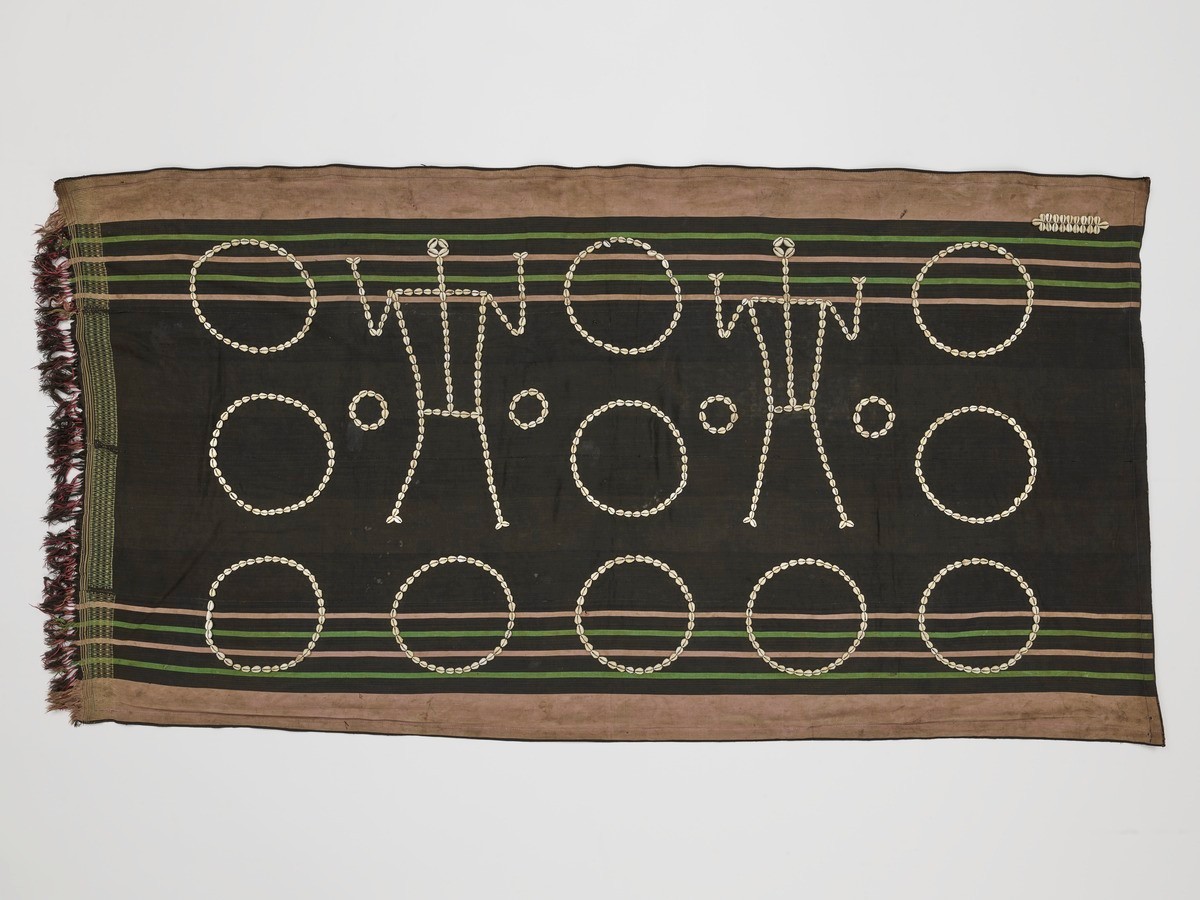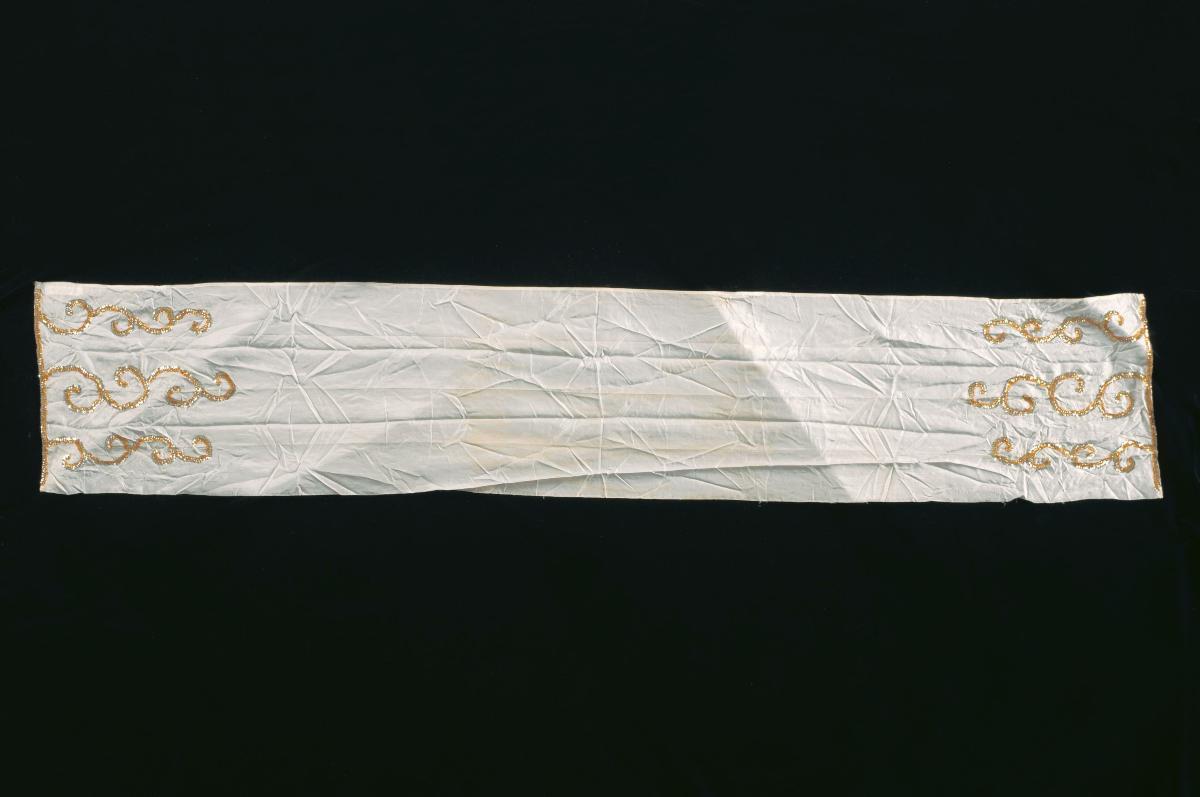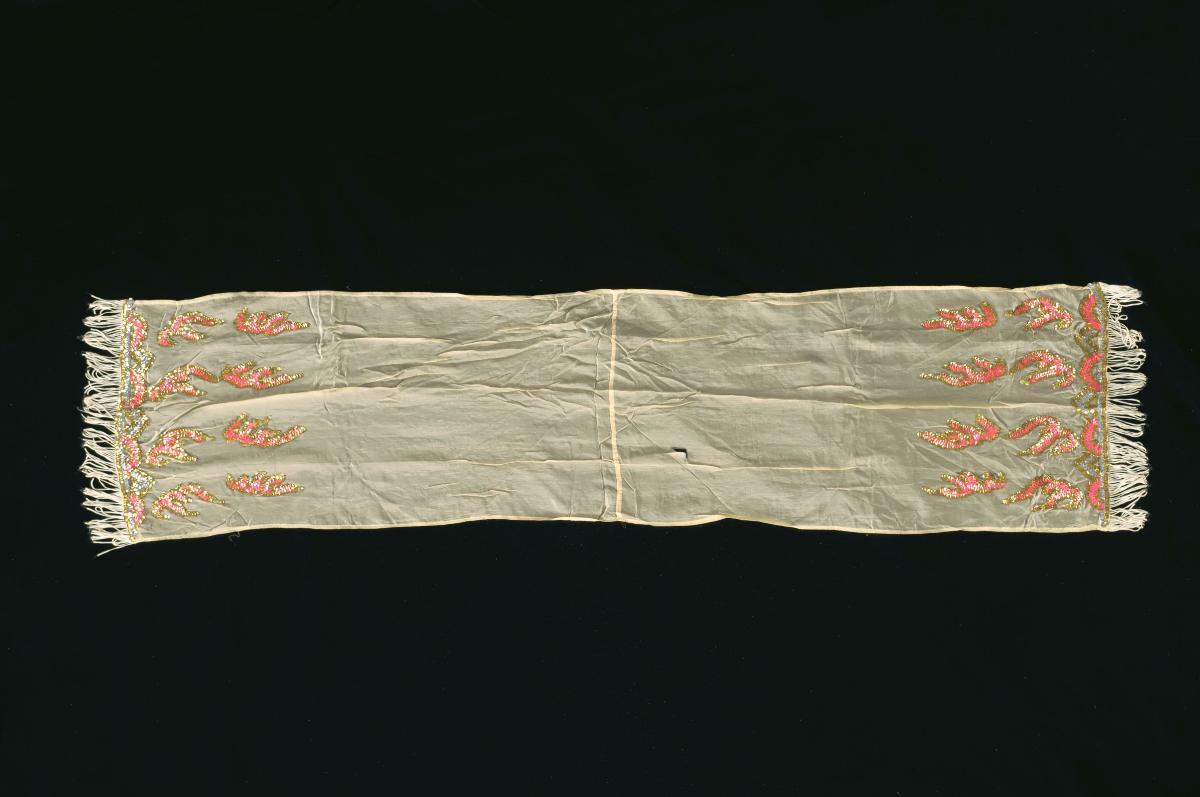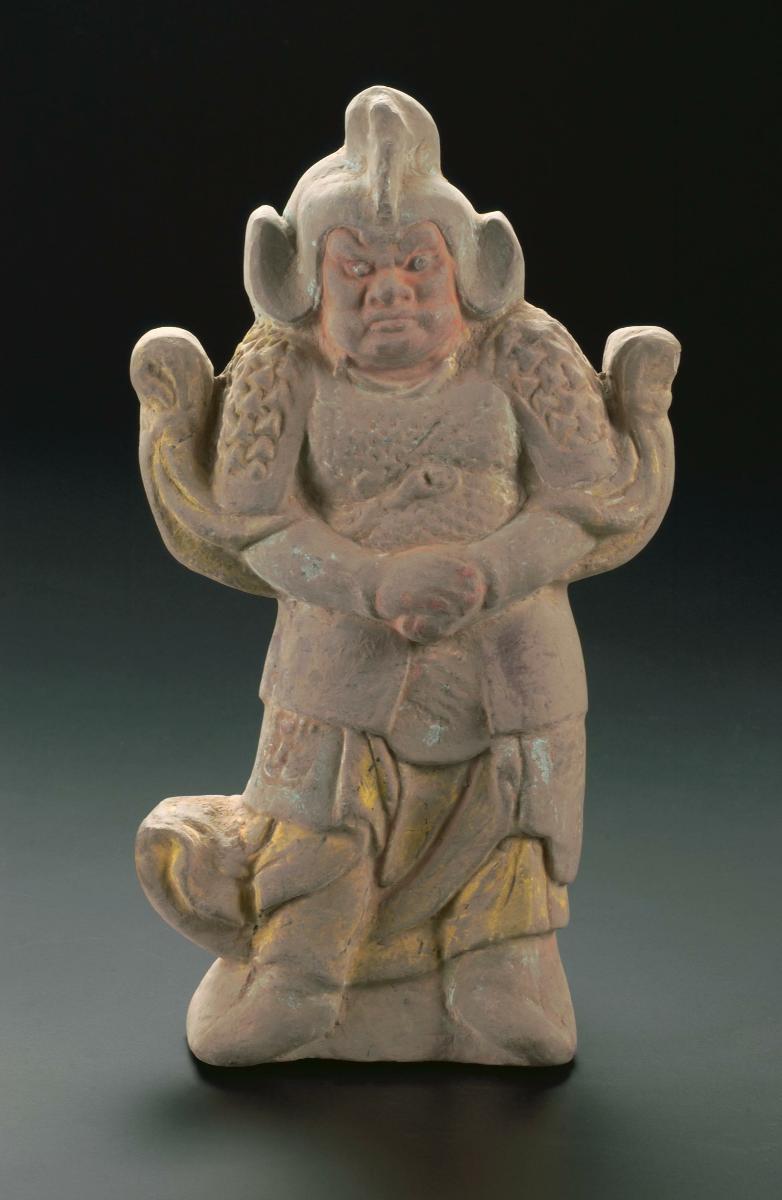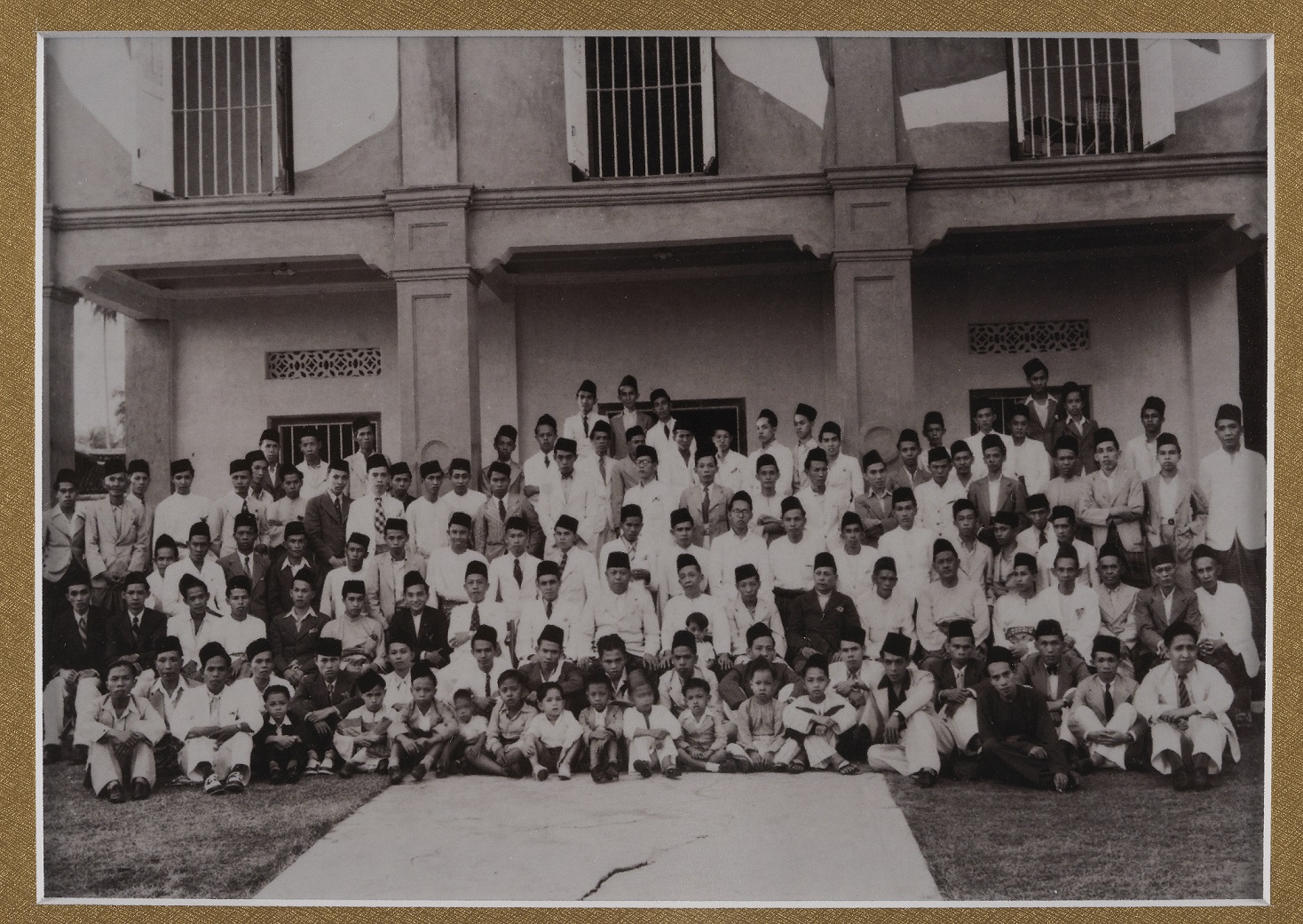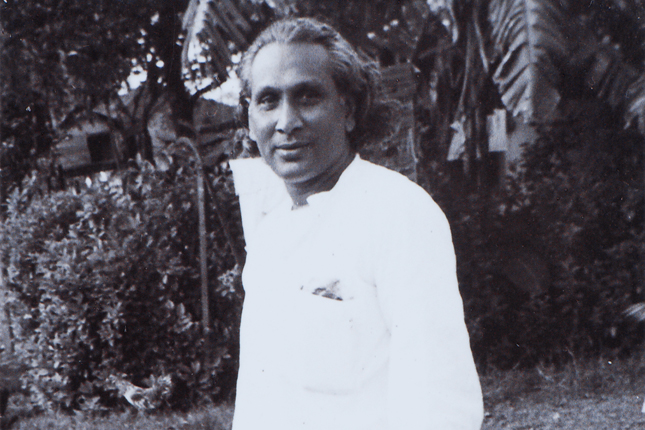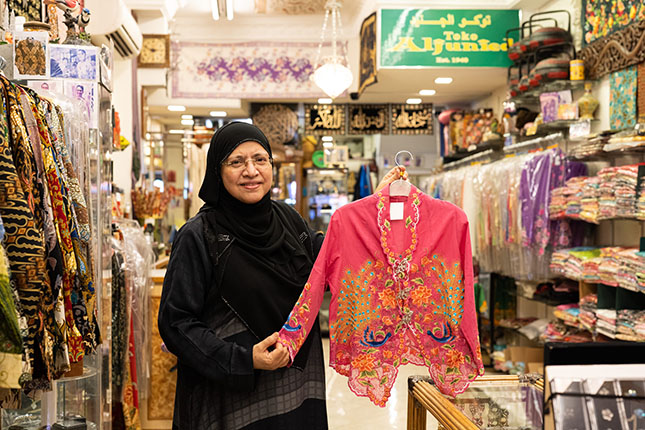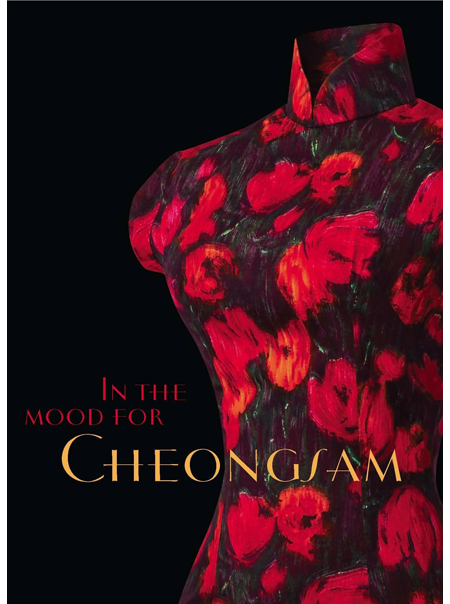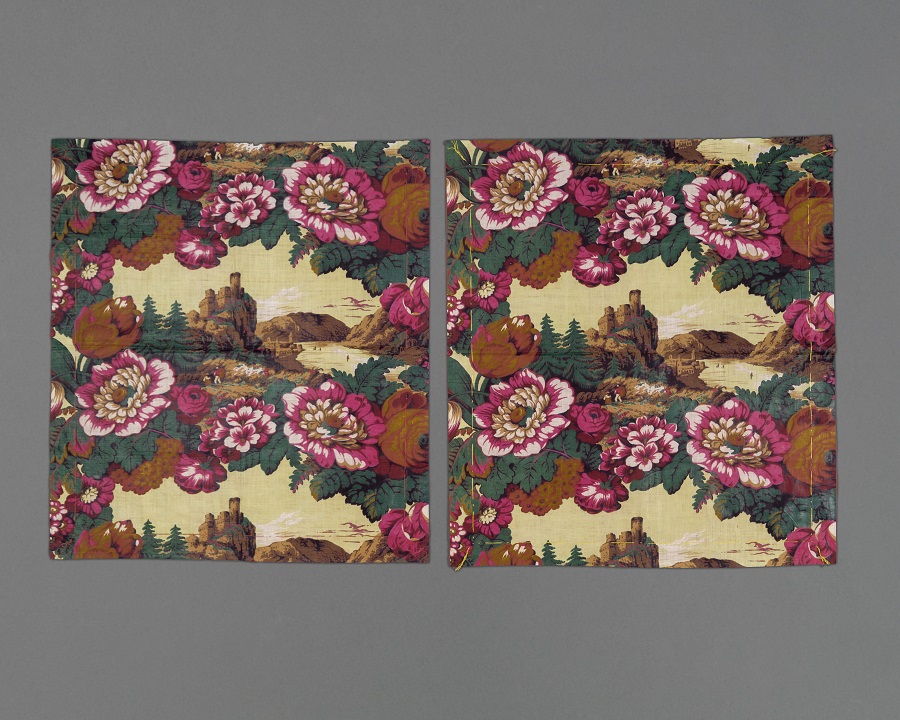Shawls are a staple garment worn by the Naga because of the cooler climate in this region of India. They are not only functional but are also a symbol of identity, status, and success as a warrior. Cowrie shells are sewn onto the surface of the fabric to form two anthropomorphic figures within an arrangement of circles. A Sümi (or Sema) Naga clansman possibly added the shells, and this type of decoration has symbolic meaning mostly relating to head-hunting prowess. Arranged in circles they denote head-takers and fertility, while anthropomorphic figures denote headhunting victims. Cowrie shells were rare and precious and only worn by warriors and wealthy individuals. They were imported from the Bay of Bengal for centuries and highly prized as currency and exotic objects foreign to the inland mountainous region. The Angami people had a tradition of local and long-distance trading with outsiders and travelled to Bengal to trade for shells.




